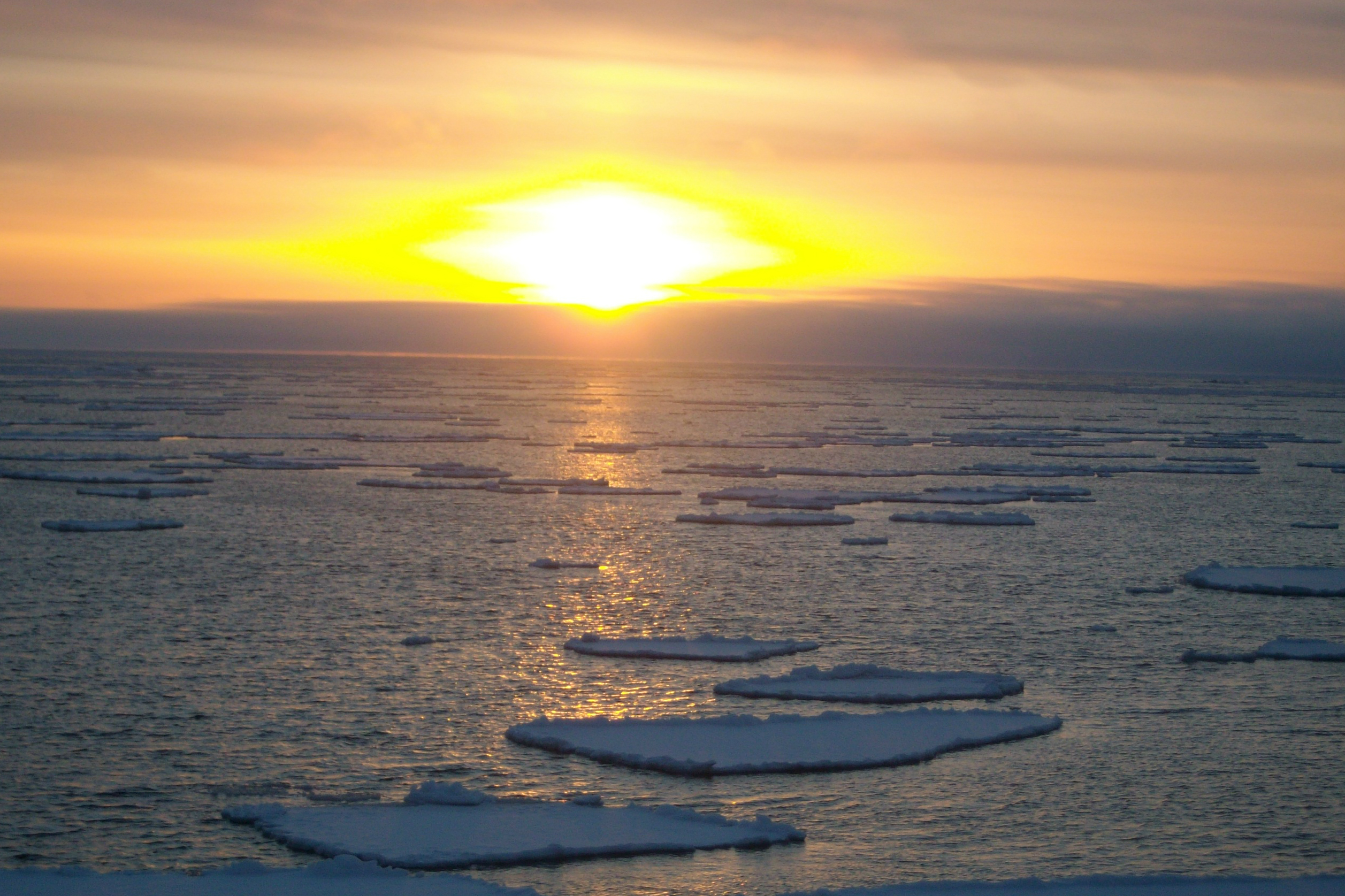Fishery managers consider a new ecosystem plan for Alaska’s rapidly changing Bering Sea
It's the first fisheries ecosystem plan in Alaska, but it would be the first to incorporate objective performance measures.

The Bering Sea, the source of some of the world’s biggest commercial seafood harvests, is transforming rapidly as the climate warms. Now federal fisheries managers are on the verge of adopting an ecosystem plan to more closely align their work with ecosystem science.
A draft Bering Sea Fishery Ecosystem Plan was reviewed last week by the panel that oversees commercial fishing in federal waters off Alaska, the North Pacific Fishery Management Council. A closer relationship between fishery management and ecosystem science is warranted because of the significant changes happening in the Bering Sea, according to the draft plan.
“With the loss of sea ice, the ecosystem is undergoing shifts in species distribution that affect fisheries, fishing communities, and may have sustainability implications for many marine species. Understanding the connections among species, humans, and the physical environment both within the Bering Sea and with surrounding areas is increasingly important,” the plan says.
Work on the plan started almost two years ago at the council’s direction.
The resulting draft was produced by a large team of experts from a variety of agencies and institutions. If adopted, it would not be the first fisheries ecosystem plan in the world, or even in Alaska, the co-chairs of that expert team told council members. The council a few years ago adopted a fisheries ecosystem plan for the Aleutian Islands.
However, this plan would be different from others in an important way: It would be the first to include objective performance measures to mark conditions.
“No FEP has gotten this far to develop metrics of success. We are proposing metrics of success,” said Kerim Aydin of the National Oceanic and Atmospheric Administration’s Alaska Fisheries Science Center and one of the co-chairs of the plan team.
Another feature of the plan is the incorporation of indigenous and local knowledge. The plan, as designed, seeks to gather more on-site information from local people and more knowledge from Indigenous people that might not have been well-used in the past, said Diana Evans, deputy director of the North Pacific Fishery Management Council and the other co-chair.
The plan “explicitly includes the human dimension,” she said. “This is something that is the right place to be talking about this, making sure we have the human dimension well understood.”
The plan is not meant to replace current procedures for assessing fish stocks, environmental conditions and allowable harvests, but it is meant to inform those decisions and help set priorities for future work and research, Evans and Aydin said.
The council is expected to give approval to a final plan in December.
In the shorter term, there are some ominous signs in the Bering Sea for the coming year, according to findings of a scientific team that that was assembled earlier in the year.
Winter sea ice in the Bering was, by far, the lowest it has ever been since record-keeping began in the mid-19th century, and even in December — well beyond the normal freeze-up time — there were still stretches of open water in the Chukchi Sea north of the Bering Strait.
Scarcity of winter sea ice was part of a cascade of warming-related changes in the region, said Stephani Zador and Elizabeth Siddon of NOAA’s Alaska Fisheries Science Center, who presented findings to the fisheries council. As of late September, scientists told the North Pacific Council, waters there remained much warmer than normal. The cold pool of water that usually develops on the eastern Bering Sea shelf — and which is an important part of the Bering Sea ecosystem — never appeared. Ice seals were scarce in number and pups were found to be in poor condition. Seabird reproduction was poor in colonies across the northern Bering Sea, and seabird die-offs have continued.
“The thinking is that these die-offs are due to lack of food or unfavorable forage conditions,” Siddon said.
The past year’s changes have had effects on fish stocks, she said. Groundfish that usually swim south from the ice edge apparently remained north, she said, and biomass of young pollock in the northern Bering Sea has dropped noticeably since last year.
Scientists do not expect another nearly ice-free winter in the Bering — partly because of last winter’s ice scarcity, Zador said.
The lack of winter ice meant a lack of the freshwater lens that forms on the surface of the Bering Sea when the ice melts, she said. Usually, that freshwater lies atop heavier, saltier water, but now the water column is mixed, she said. In such mixed-water conditions, the freeze, once it starts, is usually rapid.
Exactly when that freeze will start is yet unclear, Zador said.
“The prediction is there will be an even later onset of sea ice in the Chukchi,” she said.
Yereth Rosen is a 2018 Alicia Patterson Foundation fellow.